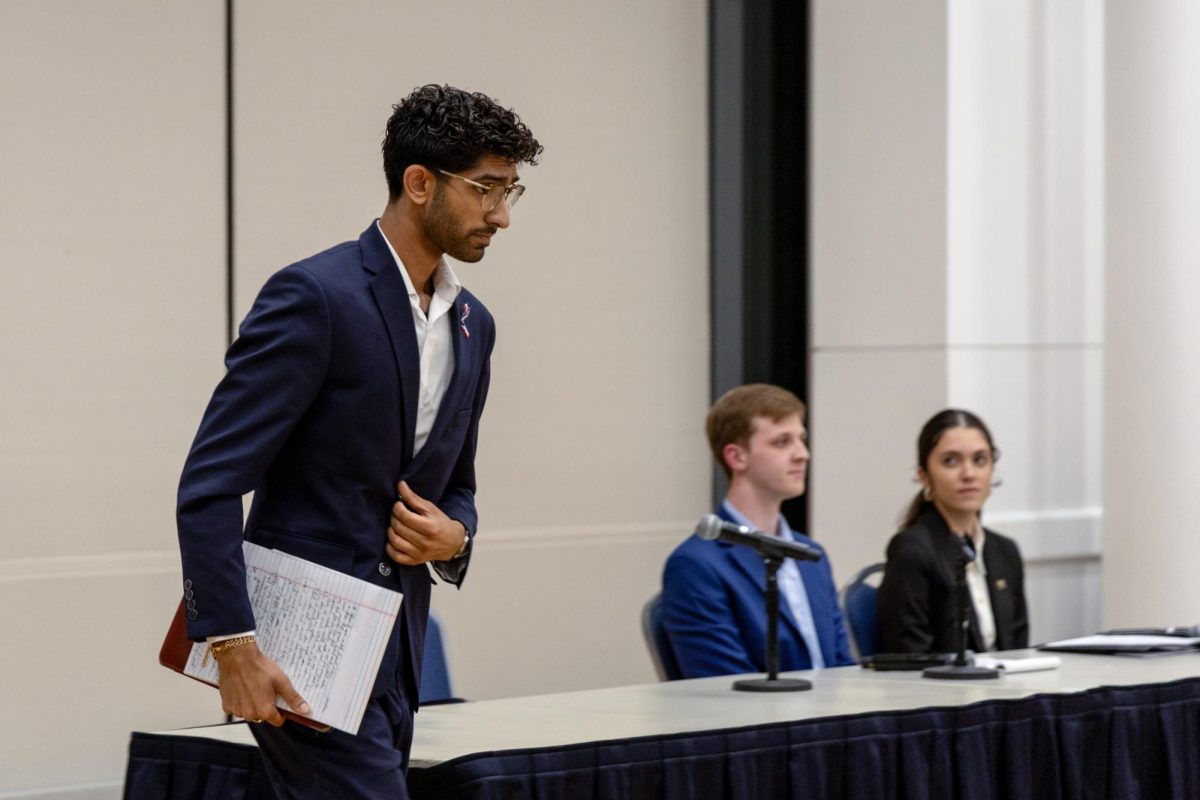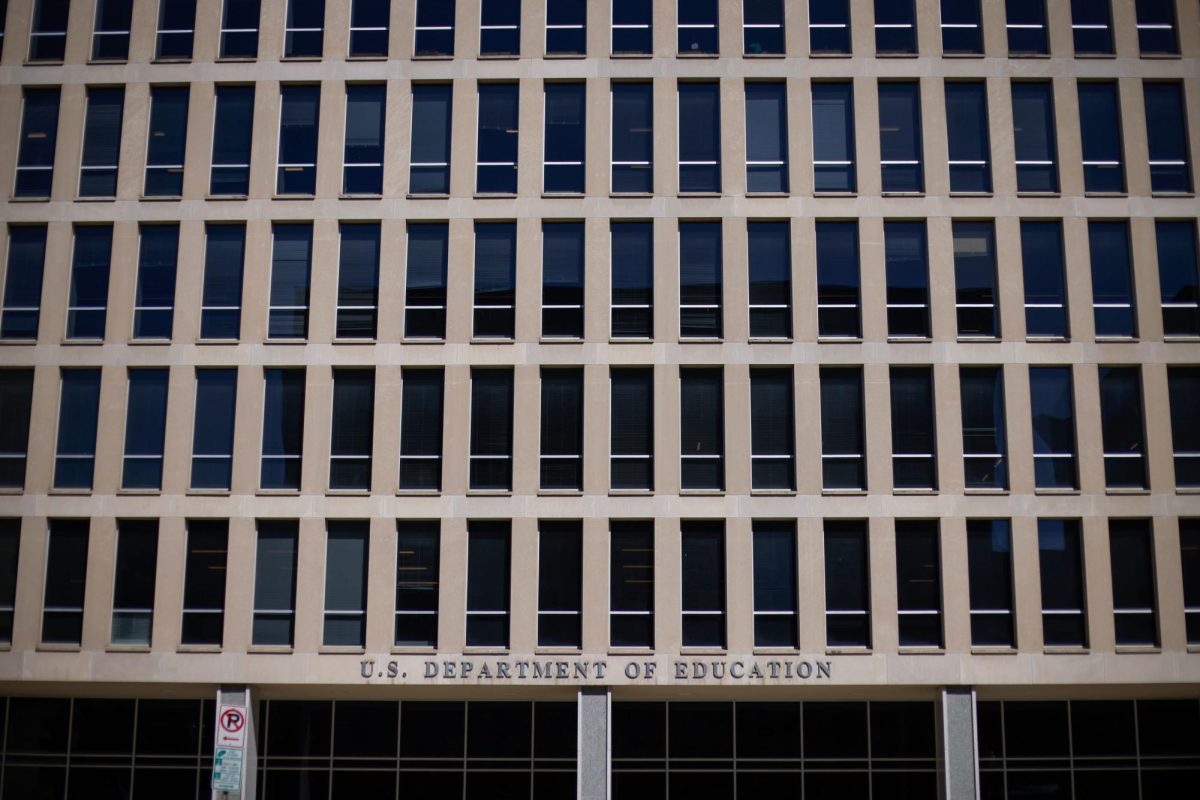The University is keeping significantly more cash on hand than its peer institutions, a Hatchet analysis shows, securing its defenses against the still unstable economy.
The University holds about $620 million in cash or cash equivalents – short-term safe investments that can be easily converted into cash to pay off regular expenses.
Under direction from the University’s Executive Vice President and Treasurer Lou Katz, GW doubled its cash reserves last month by selling $300 million in bonds. Outside investors bought the bonds, paying cash in return for a promise from GW to pay back its investments plus interest over 10 years.
The transaction – the single largest acquisition of debt in University history – provided $300 million in new cash, or liquidity, that can be used to pay for operational expenses, though administrators declined to specify the expenses.
The increased debt and cash holdings mean the University owes investors interest payments, which can be a disincentive for keeping large cash reserves, but Katz emphasized that it also insulates GW from riskier investments.
“Nobody forecast what was happening in ‘08,” he said, but added that the influx of cash was not a prediction of financial disaster.
Cash made up an average of about 6 percent of total assets among the University’s 14 market basket institutions last June, when GW and peer schools most recently disclosed their financial standings. Adjustments based on more recent financial activity are unavailable, because most institutions do not release updated financial statements until the end of the fiscal year.
When the University’s balance sheet was calculated in June, about 8 percent of GW’s assets were cash – slightly higher than average among peer institutions.
Since then, the University has more than doubled its cash on hand.
Administrators declined to release an updated asset count until the fiscal year ends June 30.
Northwestern University made national headlines alongside GW last month when it issued $200 million in bonds, adding to its debt. Unlike GW’s bonds that will increase cash supply, Northwestern’s bonds will finance the purchase and construction of academic facilities and equipment, according to a March 16 press release by Fitch Ratings, a financial grading firm.
Director of Media Relations at Northwestern University Bob Rowley referred only to figures prior to the transaction, pointing to the school’s 2011 annual report, which showed that the institution held less than 4 percent of its assets in cash.
The values on the form “just represent the amount available at the end of the fiscal year, some of which is set to be paid out but hasn’t yet been spent,” Rowley said in an e-mail.
Cash made up less than 1 percent of Tulane University’s total assets at the end of fiscal year 2011, according to the school’s June report. Vanderbilt University kept the most cash on hand, composing about 15 percent of its overall assets in 2011. New York University fell in between, with about 11 percent of its assets in cash.
Media representatives from Tulane, Syracuse and Boston Universities did not return multiple requests for comment.
“A [cash] reserve fund is a rainy day fund,” Ken Redd, director of research and policy analysis at the National Association of College and University Business Officers, said.
The association tracks liquidity levels in endowment funds, but not cash as a percentage of overall assets. Endowments are meant to grow and last indefinitely, while operating cash and cash equivalents are meant to be depleted in the process of paying off yearly operating expenses, Redd said.
“Since [the economic downturn], we know – for endowments at least – that there’s been much greater emphasis on making sure that you have at least enough liquid assets in your endowment to get through a short-term crisis,” Redd said.
Redd noted that returns on short-term investments, such as money market accounts and bonds that count as cash equivalents, are “abysmally low” – a downside to holding cash.
But he added the rate of return is less of a concern to universities, which are looking to ensure financial security in the uncertain economy more so than they are focused on bringing in interest revenue.
He also noted that bond rating agencies, like Moody’s, S&P and Fitch, which can influence investors, look favorably upon large cash reserves and create an incentive for a university to build up cash.
At the end of fiscal year 2007, GW had only $59 million in cash. By the end of the next year, the University’s cash reserves increased 250 percent – to more than $214 million – allowing it to weather the financial crisis without construction or hiring freezes that many other schools experienced due to low levels of liquidity.
Senior Associate Vice President for Finance at the University David Lawlor said the current level of cash is “appropriate,” but declined to say why.
“This [bond] issuance was completed at historically low [interest] levels and match cash outflows anticipated in the coming years while maintaining liquidity levels,” Lawlor said.
He also declined to explain the downsides of maintaining large cash reserves, including loss of interest earned if cash were otherwise invested in long-term, higher-yielding investments and the necessary payments to investors.
“Every university is different in their cash liquidity minimum, operating & capital needs, and debt makeup,” he said in an e-mail.
David Jacobson, a spokesman for Moody’s Investor Service – a firm that regularly rates the University’s financial position – said the heightened cash reserves do not indicate weakness in GW’s balance sheet.
“We view GWU’s high and flexible reserves as a credit positive,” Jacobson said in an e-mail.
The most recent report issued by the financial rating firm, published March 20 after the latest transaction, renewed the University’s investment-worthy grade, calling it stable.
GW demonstrated strengths including liquidity and “solid student demand” as seen through undergraduate admissions selectivity, the report noted.






